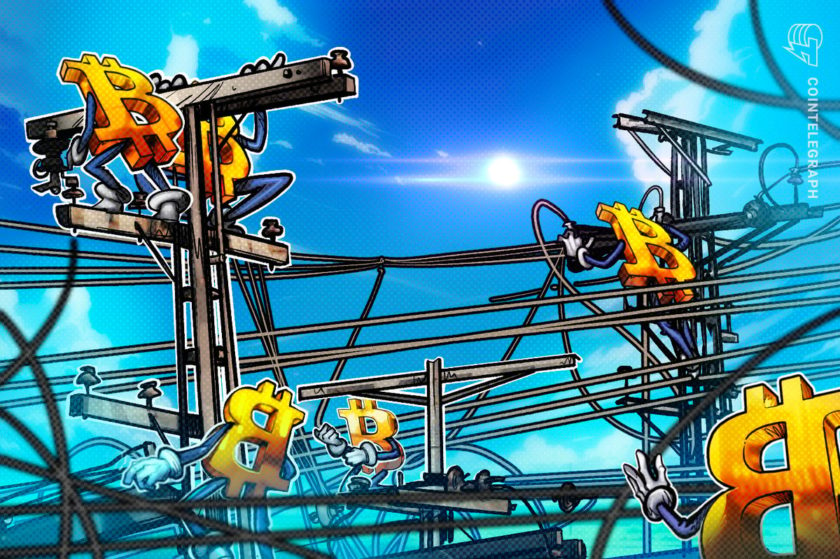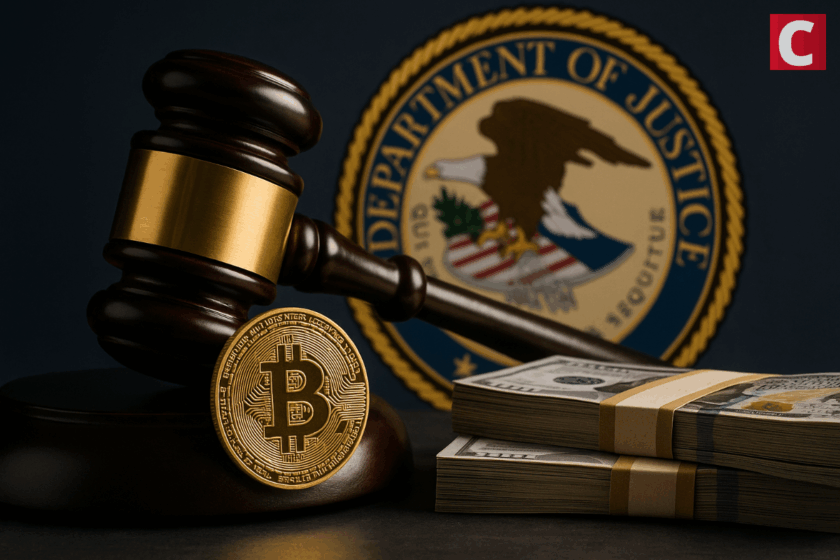How Stablecoins Are Ruining the Trustlessness of Crypto
December 11, 2018 by Bitsonline Guest Contributor
November 2018 may well go down as one of the worst crypto trading months of the year, as bitcoin hit an annual low. But it’s not bad news across the board. Stablecoins, for example, have begun to sprout new varieties and grow in prominence. But is that good for the cryptoeconomy?
Also see: Thai Lending Platform JFin Coin Partners with R3 and Microsoft
Subscribe to the Bitsonline YouTube channel for great videos featuring industry insiders & experts
This is a guest post, written exclusively for Bitsonline by Kevin Murcko, CEO of crypto exchange, CoinMetro
Stablecoins–Green Shoots or Invasive Weeds?
There’s a few green shoots pushing up through the crypto rubble–most notably, stablecoins, which are fetching a premium on exchanges as demand for fiat-pegged assets intensifies. Tether in particular seems to be thriving as one of the current market’s most heavily traded cryptos.
To some degree, the rising interest in stablecoins is understandable. Cryptos like bitcoin are undeniably volatile assets, driven largely by financial speculation. High volatility may be welcomed by sharp-minded traders, but for general consumers, it’s an unwanted by-product.
Stablecoins remedy this by, in theory, splicing the technology of crypto with the stability of fiat; digitally fixing value to each token in terms of dollars or an equivalent fiat currency.
The Viable Use Case
There are certain valid use cases for stablecoins. Say I’m owed $1 million USD by a liquidity provider and have an immediate need for that money, whether it’s to rebalance my books or realign my credit margin. The normal banking system isn’t the best way to do that. Even if my provider and I are both at the same bank, it can take a while for that transaction to clear. With stablecoins, I can clear funds sent back and forth immediately. They provide the convenience of using crypto without the volatility.
As IMF head, Christine Lagarde, commented on in a speech in November, Central Bank Digital Currencies (CBDCs) are another captivating case. CBDCs have the potential to limit costs and risks to payment systems, mitigate fraud and money laundering, and even boost financial inclusion throughout the developing world.
Fiat Versus Stablecoins
Beyond these cases, however, stablecoins have a hard time proving their value. Front-end, business-issued stablecoins, which currently make up the majority being traded, don’t meet the mark.
These stablecoins are being used as stand-ins for fiat on crypto exchanges that often don’t have access to central bank-issued money. These tokens aren’t being preferred to fiat, they’re superficial solutions for crypto exchanges which, for various reasons, don’t have the ability to offer fiat–usually because they aren’t properly licensed to do so, or because they can’t access the necessary banking services.
The Trustless Manifesto
So, if stablecoins can be used across trading platforms as a medium of stable value exchange, why are they not preferred by crypto traders? The answer is trust.
As the bitcoin whitepaper originally laid out, crypto was designed as a way for people to “transact directly with each other without the need for a trusted third party”.
What stablecoins have come to represent is the very contrast of this idea. The crypto community now uses privately-issued coins that are pegged to the centralised system they were designed to pull away from.
They require that you not only have confidence in the government, but also in an unfamiliar and easily corruptible private third-party company. Our reliance on the integrity of third parties is even greater than where we started.
The Problem of Collateral
Stablecoins can be categorised in one of three ways by their degree of collateralization. Some stablecoins are fully collateralized, meaning all issued coins or tokens are proportionately backed up by fiat. Others are partly-collateralized, and some are entirely uncollateralized. Unfortunately, none of these models operate sufficiently to regulate price.
Non-collateralized tokens suppress value through ‘printing’ digital currency. While this prevents price rises, if the price drops, it’s impossible to retract issued tokens that are already being circulated. If the smart contract can’t keep the price fixed and falls below $1, then the algorithm is forced to issue bonds, promising users an entitlement to coins in the future. The bonds are then redeemed, and the price returns to $1.
At least that’s the theory. The problem is that these bonds can only really be honoured if the platform is in a state of growth. Issues arise when the price keeps on dropping and increasing numbers of bonds have to be issued until the price returns to trading levels or above par, and bonds can’t be issued indefinitely.
Partial collateralization conveys a minor improvement over non-asset backing, but it still has a fundamental flaw: if confidence in the platform dips, then the price of the token must be artificially inflated by the company to prevent it crashing, drawing on a finite pool of fiat reserves. Of course, this is unsustainable, as a company can only buy back so much of its own currency.
What about the fully collateralized models–backed one-to-one to a stable reserve? Even if we do trust a company that their assets are fully collateralized, it doesn’t make much sense to go down this path in the first place.
Why abandon comparatively safe government-backed fiat money for an inconvenient crypto with no consumer protections that is susceptible to fraud and hacking? What is there to gain? Centralized banks aren’t without their flaws, of course, but to their credit, they’re more likely to still be here tomorrow than private institutions.
And then there is the problem of Gresham’s Law, as excellently explained by Bitsonline’s Evan Faggart.
The absurdity of stablecoins replacing our reliance on central banks with a reliance on a combination of both central banks and their loosely regulated businesses is pretty mind-boggling. Ultimately, let’s not conflate stability with a lack of price volatility. If stablecoins demand more trust than government-backed fiat, then “stable” is precisely the wrong descriptor to use.
Have your say. Do you agree there is a fundamental flaw in the logic of stablecoins?
Images via Pixabay







